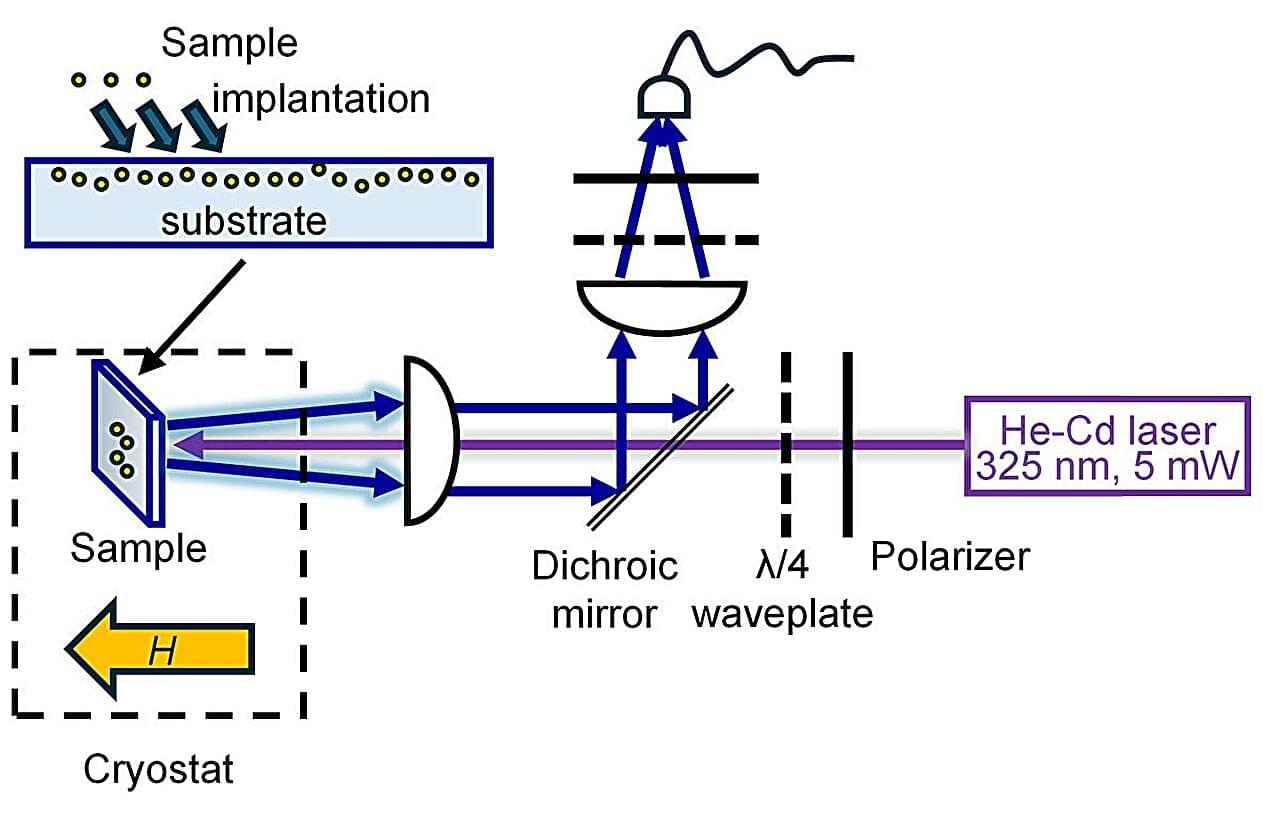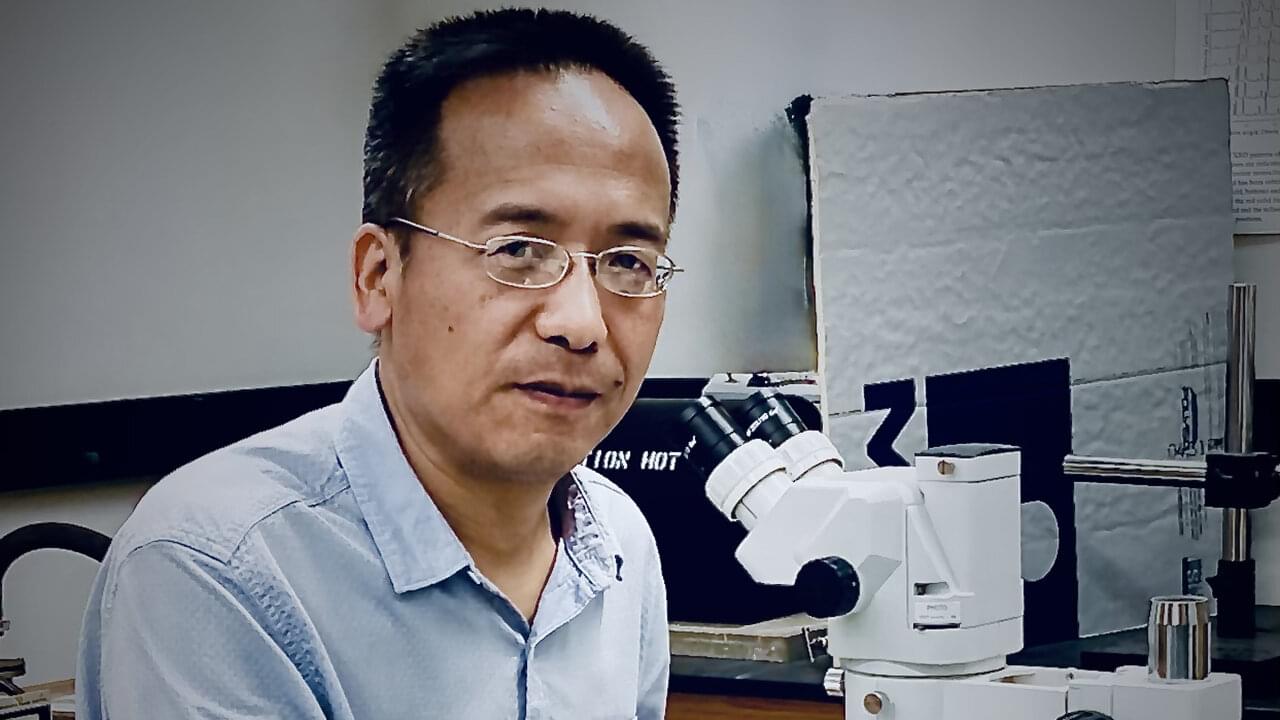A research team has discovered that achiral hard banana-shaped particles can spontaneously form exotic structures like skyrmions and blue phase III phases. Skyrmions are tiny vortex-like structures found in various condensed-matter systems, such as helical ferromagnets and liquid crystals. Blue phase III is an amorphous phase of liquid crystals that possesses strong optical activity. Achiral particles are particles that can be superimposed on their mirror image. The team’s findings have potential applications in photonics and memory devices.
Their work was published in Nature Communications on August 8, 2024.
Skyrmions typically arise from chiral interactions, that is, a molecular interaction that occurs between molecules that both possess chirality. Molecules with chirality cannot be superimposed on their mirror images. British physicist Tony Skyrme introduced skyrmions in 1961.




